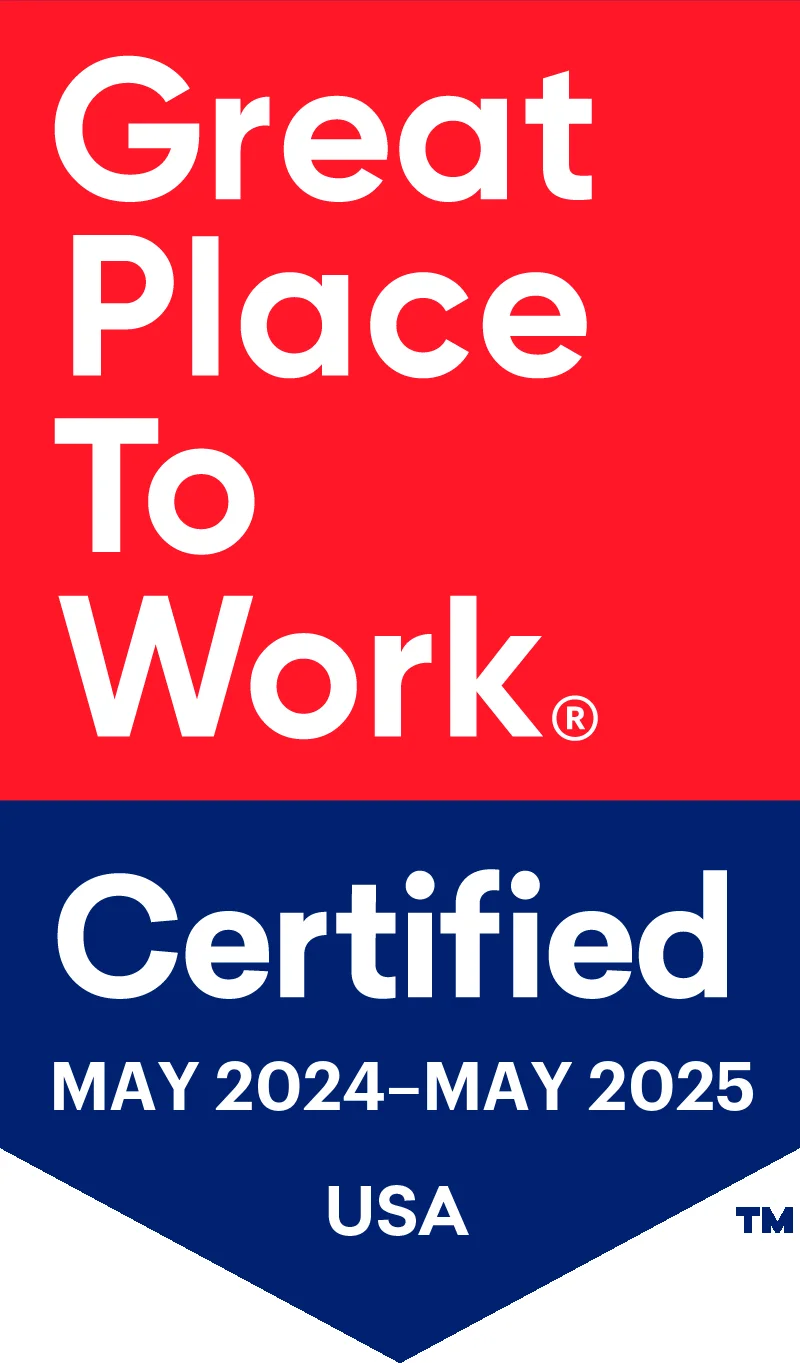Wellstar’s approach to leadership is rooted in empowerment and accountability. Samantha Ros, director of team member engagement, explains:
“One of our strategic themes is celebrating our people and culture. We really want to empower our leaders to be owners of their business in every capacity — managing their budget, hiring the right people, creating that environment of trust and engagement for their people.”
To do this, Wellstar leaders rely heavily on feedback from the Trust Index Survey to ensure that they are creating an environment where trust is at the forefront. The data collected from the survey is used to educate leaders on how their actions directly impact trust levels within their teams.
Key Outcomes
Trust Index data was used to drive leader accountability and foster high levels of trust and engagement within teams, improving retention and business outcomes.
Over 20,000 open-ended comments from employees helped leadership understand their workforce better, focusing on trust-building and improvement initiatives.
Connecting leadership trust scores to business outcomes, Wellstar demonstrated a link between high-trust leadership and metrics like employee turnover, patient satisfaction, and overall organizational performance.
Wellstar’s leaders didn’t just listen—they acted. By involving employees in action planning, engagement shot up, with noticeable gains in trust, respect, and connection across the board
Shifting the focus to trust and leadership
Wellstar’s partnership with Great Place To Work has been critical in helping the organization foster a culture of high-trust leadership. By focusing on listening and accountability, the Trust Index provides real data that leaders can use to make informed decisions about how to support their teams and drive engagement. As Samantha notes:
“Our data from the Great Place To Work Trust Index survey is the strongest and most powerful point to drive home [to our leaders] why culture is important. Whether it’s action planning, turnover, patient experience scores, just generally across the board, you see better business outcomes when you have a great culture and high trust scores.”

This heatmap from Wellstar’s 2023 Trust Index Survey shows employee experiences filtered by whether they were involved in action planning ("Yes" or "No") based on the previous year’s survey results. As Samantha Ros points out, employees involved in action planning reported significantly higher positive experiences across key categories—credibility, respect, fairness, pride, and camaraderie—scoring in the 80s. Those not involved had notably lower scores, particularly in credibility and respect, highlighting the importance of engaging employees in action planning for a better workplace experience
Challenge
Connecting leadership to employee experience
One of the key challenges Wellstar faced was ensuring that their leaders were deeply connected to the employee experience. With health care facing unique stresses and safety concerns, it became crucial for Wellstar to ensure leaders were actively listening and responding to employee feedback.
“There’s been a lot of safety concerns in the health care world lately. We heard things like, ‘I don't feel safe now. This is getting close, it’s in my backyard. What are you going to do about it?’”
While safety was just one of the areas addressed, it served as an example of how active listening can lead to targeted action. The leadership team responded by taking employee feedback seriously and initiating strategic investments in safety, which demonstrated to the workforce that their concerns were being heard and addressed.
Solution
Building leadership trust through actionable data
The Trust Index survey allowed Wellstar to gather over 20,000 open-ended comments from employees, including over 600 comments specifically related to safety. This feedback was categorized into key themes and presented to leadership, helping guide critical decisions.
By connecting this feedback to leadership accountability, Wellstar ensured that leaders were involved in addressing concerns and actively improving the employee experience. As Samantha shared, this data-driven approach helps their leaders see the direct impact of their actions:
“We share with leaders that if a leader scores between a 90 and 100, the average turnover rate is this, if they score between an 80 and a 90, the average turnover rate is that. So, we’re connecting those dots for them with our own data — when you have a great culture and high trust scores, you get better business outcomes, like lower turnover, higher patient experience, and higher operating margins.”
Outcome
Trust and accountability lead to better results
Thanks to the insights from the Trust Index, Wellstar’s leadership made significant strides in addressing employee concerns, building trust, and improving business outcomes. Their wellness coaching program, combined with Trust Index data, empowered leaders to support each other and maintain high trust scores.
Each month, one of the five focus areas from the Trust Index was studied, with engaging activities and real-world examples for how to apply the new knowledge within the department and the leader’s day-to-day work.
In fact, 73% of leaders either increased or maintained high trust scores, with an average increase of 21 points.
“This approach makes it clear that resources are available to help leaders improve. It’s empowering, not punitive.”





